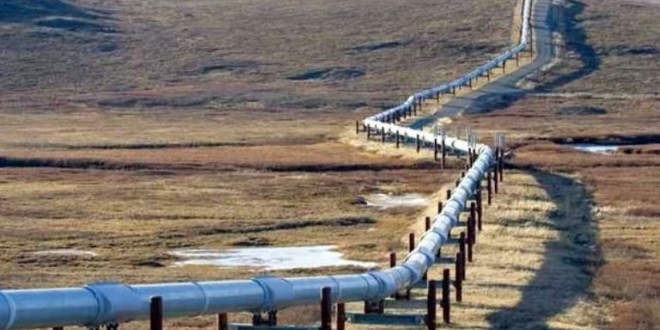Residents in Kyakatemba village are in fear of loosing their land after government demarcating about half of the land in the area to build the world’s longest electrically heated oil pipeline from northwest Uganda to Tanzania’s Tanga port on the Indian Ocean.
Kyakatemba is a village in Hoima District, a poor region along Uganda’s western border with the Democratic Republic of Congo.
Ugandan farmer James Mubona, 73 told reuters that if the demolition is done,about half of the land, which feeds his 20 children and numerous grandchildren will be lost.
“I am worried because I don’t know where to go when this land is taken,” Mubona told the Thomson Reuters Foundation.
He also expressed his concern that the economy of the region will be shuttered especially as they depend on farming.
“When the pipeline takes a bigger portion of your land and you remain with a small portion, what do you do with that small portion?”

Residents near the demarcated Uganda pipeline: Photo by Monitor
According to the Uganda’s energy ministry spokesperson, Yusuf Masaba, the entire pipeline route had been mapped out and plans to compensate and resettle people were at an advanced stage.
“Once the government valuer is done with valuation, then compensation will be done. I cannot say when they will be compensated,” Masaba told the Thomson Reuters Foundation.
“We are not going to break people’s homes to pass the line. There are no settlements in the areas that the pipeline is going to pass,” he said, emphasising that the government is only going to acquire farmland, not houses.
Uganda discovered crude reserves estimated by government geologists at 6.5 billion barrels in the Albertine rift basin more than 10 years ago.
The East African country aims to refine crude oil domestically and export some via a 1,445-km (900-mile) pipeline through neighbouring Tanzania by 2020.
Uganda signed an agreement in April with a consortium, including a subsidiary of General Electric, to build and operate a 60,000-barrel-a-day refinery that will cost up to $4 billion, the president’s office said.
READ ALSO:

